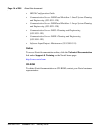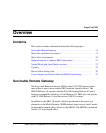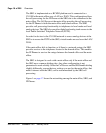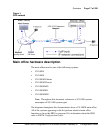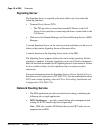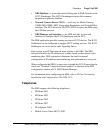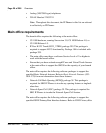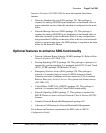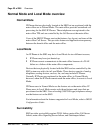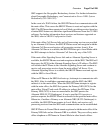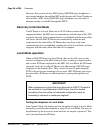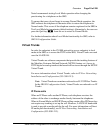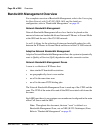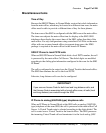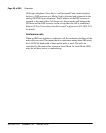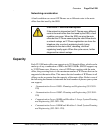
Page 22 of 258 Overview
553-3001-207 Standard 2.00 January 2006
Normal Mode and Local Mode overview
Normal Mode
IP Phones that are physically located at the SRG but are registered with the
main office are in Normal Mode. The main office provides centralized call
processing for the SRG IP Phones. These telephones are registered to the
main office TPS and are controlled by the Call Server at the main office.
Users of the SRG IP Phones receive the features, key layout, and tones of the
main office Call Server. This provides feature and application transparency
between the branch office and the main office.
Local Mode
An IP Phone at the SRG may be in Local Mode for two different reasons;
1 IP Phone may have just booted up.
2 IP Phone cannot communicate to the main office because of a WAN
failure or a failure of the main office components.
Devices that are physically located with the SRG and are controlled by the
SRG system are said to be in Local Mode. These devices consist of analog
telephones, analog devices, such as, fax, and may include IP Phones.
Normally IP Phones are registered to the main office, in Normal Mode;
however, when the IP Phone cannot reach the main office, it reverts to Local
Mode.
IP Phone users in Normal Mode use the feature set on the main office. IP
Phone users in Local Mode receive only those features and tones that are
provisioned on the SRG. Users of analog (500/2500-type) telephones always
use the feature set on the SRG.
For information about the features supported in Local Mode, refer to SRG50
Configuration Guide.
Survivability
SRG provides survivability against WAN failure, main office Call Server
failure, main office Signaling Server failure, and Gatekeeper failure.



